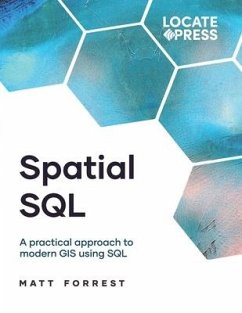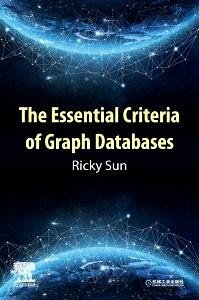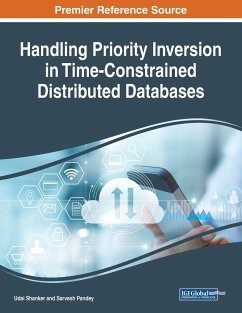
Portable High-Performance Indexing for Vector Product Format Spatial Databases
Versandkostenfrei!
Versandfertig in über 4 Wochen
17,99 €
inkl. MwSt.
Weitere Ausgaben:

PAYBACK Punkte
9 °P sammeln!
Geo-spatial databases have an overall performance problem because of their complexity and large size. For this reason, many researchers seek new ways to improve the overall performance of geo-spatial databases. Typically, these research efforts are focused on complex indexing structures and query processing methods to capture the relationships between the individual features of fully-functional geo-spatial databases. Visualization applications, such as combat simulators and mission planning tools, suffer from the general performance problems associated with geo-spatial databases. This research...
Geo-spatial databases have an overall performance problem because of their complexity and large size. For this reason, many researchers seek new ways to improve the overall performance of geo-spatial databases. Typically, these research efforts are focused on complex indexing structures and query processing methods to capture the relationships between the individual features of fully-functional geo-spatial databases. Visualization applications, such as combat simulators and mission planning tools, suffer from the general performance problems associated with geo-spatial databases. This research focuses on building a high-performance geo-spatial database for visualization applications. The main approach is to simplify the complex data model and to index it with high-performance indexing structures. Complex features are reduced to simple primitives, then indexed using a combination of a disk-based array and B+-Trees. Test results show that there is a significant performance improvement gained by the new data model and indexing schema for low to medium zoom levels. For high zoom levels, there is a performance drop due to the indexing schema's overhead. This work has been selected by scholars as being culturally important, and is part of the knowledge base of civilization as we know it. This work was reproduced from the original artifact, and remains as true to the original work as possible. Therefore, you will see the original copyright references, library stamps (as most of these works have been housed in our most important libraries around the world), and other notations in the work. This work is in the public domain in the United States of America, and possibly other nations. Within the United States, you may freely copy and distribute this work, as no entity (individual or corporate) has a copyright on the body of the work. As a reproduction of a historical artifact, this work may contain missing or blurred pages, poor pictures, errant marks, etc. Scholars believe, and we concur, that this work is important enough to be preserved, reproduced, and made generally available to the public. We appreciate your support of the preservation process, and thank you for being an important part of keeping this knowledge alive and relevant.












